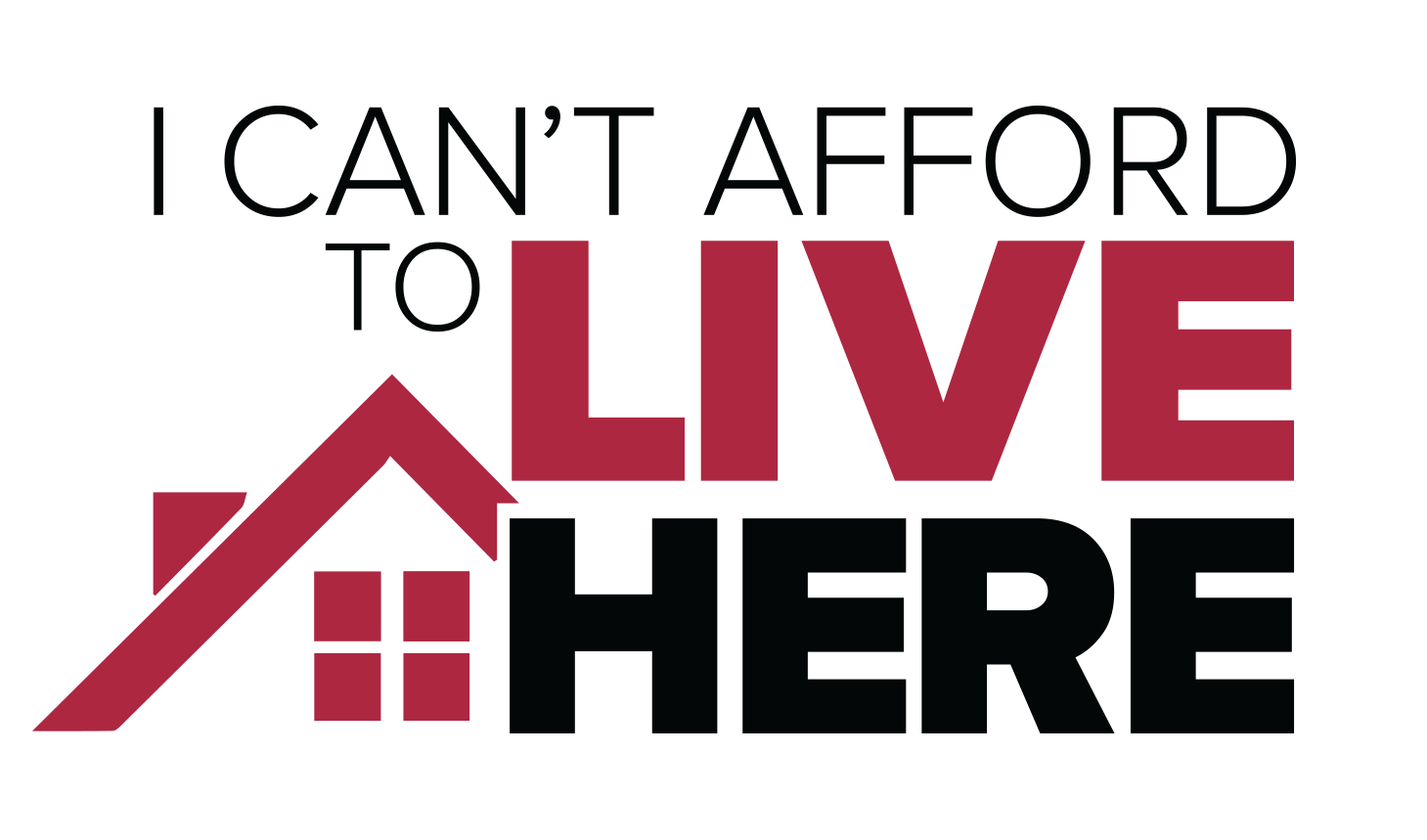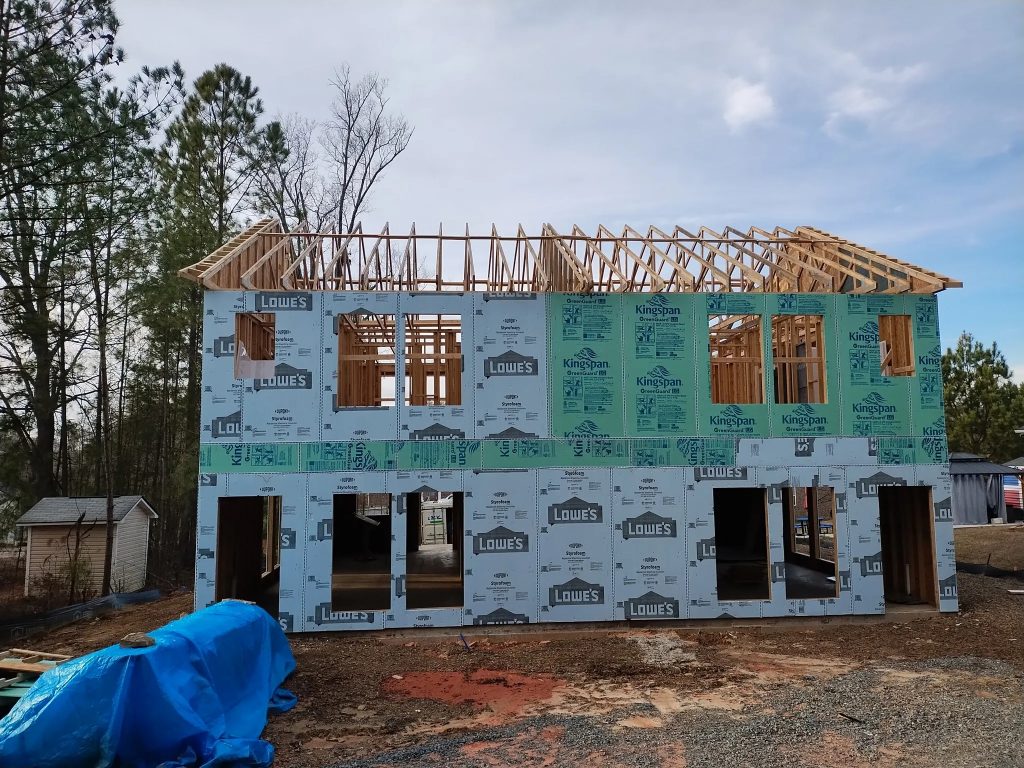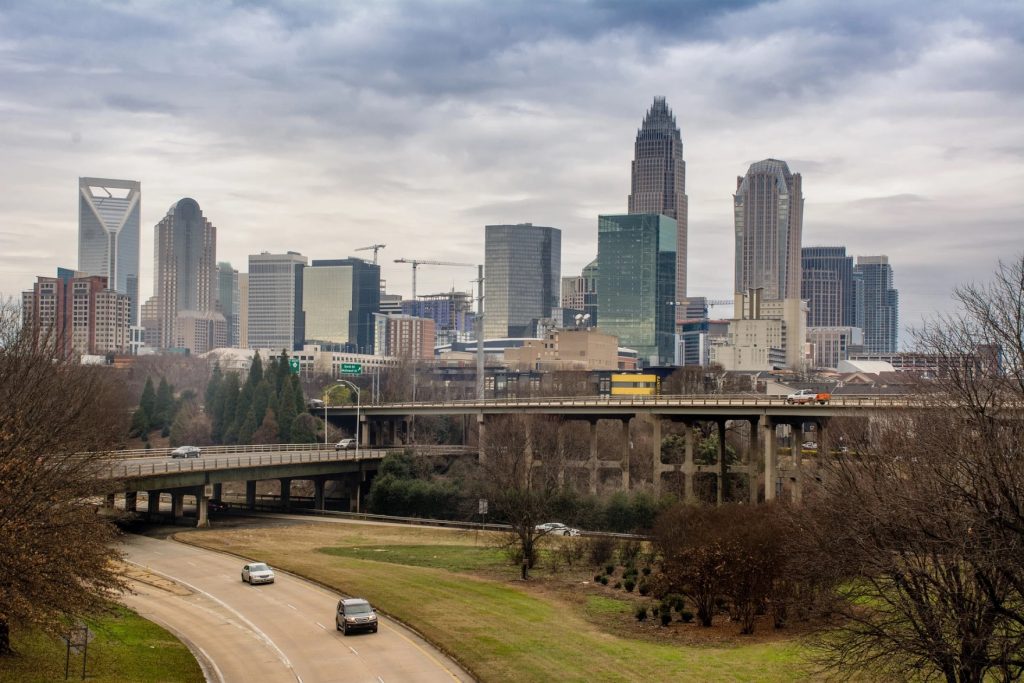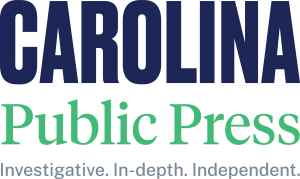By L’Monique King, Qnotes As the COVID-19 pandemic seems to be leveling out and the number of cases decreases, the world is opening back up. In-person events are on the rise, businesses are re-opening their doors and the price of masks is declining as folks are being vaccinated and opting not to wear them. The Queen City arts scene is no different. Charlotte has a thriving arts community that includes multiple museums. In this article, qnotes takes a look at how area museums have handled COVID-19 pandemic safety measures from the beginning, to where we are now. The Levine Museum of the New South’s mission is to “Connect the past to the future and to realize the promises of the New South.” As proudly stated on their website, [over] 30 years ago, Levine Museum of the New South was founded as a history museum that would tell everyone’s story — a radical idea at the time and a radical idea still. Their mission has led them to create a space that uses exhibits and programs to confront some of the most difficult issues facing us today in a historical context that deepens understanding, fosters empathy and inspires action toward a better future. In keeping with the Levine’s history of radical ideas, they have big changes in the works. The museum is selling its uptown Charlotte building and plan to pursue a digital-first approach to serving the diverse population of Charlotte and beyond. Click here to learn more about the museum’s plans. It may take some time to sell the building and until then, the museum is open.On its website is a prominently displayed text box that includes a link beneath a statement on how the health and welfare of visitors, guests and staff are always top priority. When you click the link, a September 2020 statement on how the Museum will reopen at half-capacity and with decreased attendance times appears. There are links to learn more about the institution’s COVID-19 protocols, but they are currently inactive. Like much of the world, Levine Museum of the New South seems less inclined to put the pandemic front and center as it was during the height of infection rates. However, in attempting to meet folks where they are, they continue to alternately offer virtual experiences along with in-person exhibitions. Speaking of virtual experiences, the Harvey B. Gantt Center for African-American Arts + Culture certainly seemed to have handled them appropriately during the pandemic. Named for the architect who was the first Black student accepted at Clemson University and Charlotte’s first African-American Mayor in 1983 — the Gantt center has a history of showing visitors the importance of addressing social issues by way of awareness, diversity and representation. For the Gantt Center, the COVID-19 pandemic was no different. They closed temporarily during the time that stay-at-home orders were recommended by Gov. Cooper and ramped up their virtual offerings to include showcases and full exhibitions, as well as a video series of community conversations and programs that highlight the disparities within various sectors of the Black community. As the Gantt Center became increasingly more aware of the pandemic’s toll on the community, they changed their behavior in response to it. Likewise, folks can also virtually learn how the Gantt Center aims to continue to push the boundaries of creativity through the use of arts as activism. With all that being offered, the Harvey B. Gantt Center has also reopened with access granted to visitors six days a week. The Mint Museum has two locations: One At Levine Center for the Arts on South Tryon St. and another on Randolph Rd. Both are operating full time and admission is free every Wednesday. In speaking with qnotes, a museum representative shared some of the Mint Museum’s COVID-19 protocols, which are still in place. Still taking protective measures against the pandemic, they have clear barriers in place at visitor and ticket stations and prefer that visitors continue to wear masks, though it’s not a requirement. Like other area museums, the Mint has also responded by offering some virtual experiences. That doesn’t preclude The Mint from in-person exhibitions focusing on local artists. At the Randolph location, “It Takes a Village” allows visitors to view artwork that is in celebration of the vibrant, grassroots art happening throughout Charlotte. For this exhibition The Mint Museum is collaborating with three of Charlotte’s innovative art collectives: BlkMrktClt, Brand the Moth and Goodyear Arts.The works of art in the exhibition are done by more than 25 collective members and recognizes local artistic talent across a broad cross section of demographics: economic, racial, ethnic, age and education. Equally exciting and directly inspired by the pandemic is “Silent Streets: Art in the Time of Pandemic,” presenting works of art by local, regional, national and international artists who useart to survey and tackle the challenging times. From comic strips to abstract painting, the exhibition embraces the potential of all artforms to grapple with the most urgent issues of our day, providing viewers with both solace and insight. For museum goers that have had just about enough of dealing with today’s issues of viruses, gas line hacks and social unrest, there’s a new museum opening up — just in time to transport viewers back to a simpler time. Well, at least a time prior to the COVID-19 pandemic. There’s a house listed on Airbnb that’s also utilized for photo shoots and events called the “Home of the 90s.” It’s a one-bedroom house decked out in colorful floor-to-ceiling murals, a payphone and countless memorabilia from the era. Apparently, the pandemic didn’t cramp the style of LGBTQ community member and founder Jessica Jones and her business partner Camille Stinson. The two have taken the vision of the “Home of the 90s” and expanded upon it. The Home of the 90s Museum, located in Concord, N.C. opened on July 3. With the same 90s theme in mind, it will be bigger and grander than the one-bedroom house. The museum offers over 3,800 square feet (and 12 rooms) of 90s memory lanes with hand-painted murals by area artists. The Home of the 90s was so successful (in part due to folks seeking smaller less crowded ways to have fun during the pandemic) that it enabled Jessica Jones to save enough to open the museum. Jessica told qnotes that though the COVID-19 state mandate has been lifted, her concerns for the safety of visitors still warranted the museum being professionally cleaned daily by a COVID-19 certified cleaning service provider. She and her partner hope the museum continues to put smiles on the faces of visitors like the “Home of the 90s” has. They also hope the museum will become known as “The Date Space of the Year.” From the moment COVID-19 forced people into their homes, art became a source of solace. Our area museums have continued to provide a vehicle for artists to showcase how they use their creativity to release the tensions the pandemic has created and allow patrons to find comfort in art in a manner that is enjoyable and safe. Main Photo: Like many other museums, the Mint continues to take protective measures. (Photo credit: jpellgen via Flickr)

Infectious Art: Charlotte Museums’ Responses to COVID-19
 The Charlotte Journalism Collaborative is supported by the Local Media Project, an initiative launched by the Solutions Journalism Network with support from the Knight Foundation to strengthen and reinvigorate local media ecosystems.
The Charlotte Journalism Collaborative is supported by the Local Media Project, an initiative launched by the Solutions Journalism Network with support from the Knight Foundation to strengthen and reinvigorate local media ecosystems.
More Stories Like This
Motels are being turned into one solution for Charlotte’s affordable housing problem


About The Project
Solutions Journalism Network launched the Charlotte Journalism Collaborative in 2019, a partnership of six major media companies and other local institutions focusing on issues of major importance to the Charlotte region. The collaborative is supported by $150,000 from the John S. and James L. Knight Foundation, as part of its $300 million commitment to rebuild the future of local journalism, essential to a functioning democracy.
The Charlotte Journalism Collaborative (CJC) is modeled on the Solutions Journalism Network method of investigating and reporting news with a primary focus on solutions to community problems. “At a time when local journalism jobs are disappearing and trust in media has hit an all-time low, the Solutions Journalism Network has taken on the challenge by organizing collaborative journalism reporting projects that promote excellent reporting and civic dialogue. the model has the potential to be part of a new wave of great local reporting, which is vital to building strong communities,” said Karen Rundlet, Knight Foundation director for journalism.










